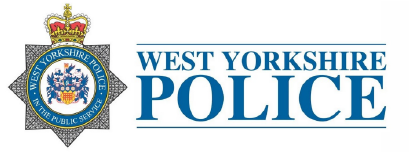Restorative Justice & Violent Crimes
Posted on: 13th, October 2023
Restorative Justice is a victim-led, voluntary process, facilitated by trained Restorative Justice practitioners. It’s suitable for any crime where there’s an identifiable victim and offender, including violent crimes and cases of assault.
Finding closure
Meeting the person who harmed them helps some victims find closure and move on. Elizabeth was assaulted by a stranger at a music festival, which left her feeling very angry. She met with the man responsible in a Restorative Justice meeting, where the offender expressed his remorse. Elizabeth says, “I think he got to understand the real impact of what he had done and was very sorry”. The Restorative Justice process has helped Elizabeth move on from the incident.
Getting answers
Restorative Justice is also a way to get about parts of the offence that don’t make sense. Caroline’s partner, Simon, was a victim of a serious assault that left him unable to talk or walk and being completely dependent on nursing care. Caroline wasn’t with her partner the night of the assault, and wanted to meet with the person responsible to find out what had happened, and why. She said she was glad to have gone through the process as it gave her the chance to explain the traumatic impact it had had on her on her family.
Sharing the impact of the crime
Restorative Justice holds the offender accountable and is a chance to share the impact of the crime, both on the victim and those close to them. In one case, a male had intervened to prevent a domestic assault, and had himself been badly assaulted by the offender, causing ABH injuries. The father of the victim had been badly affected by the assault on his son, and wanted to meet the offender to explain how the assault had affected both himself and his son. In this meeting, the offender agreed to write a letter of apology to the victim, which led to the victim and offender also having a Restorative conference.
An opportunity to apologise
Restorative Justice can be an opportunity for the offender to apologise and attempt to repair the harm caused. An offender had threatened a victim with a baseball bat outside his home, and was keen to explore Restorative Justice for the opportunity to apologise. During the meeting, the victim was able to share with the offender the impact of their actions, and discuss the potential harm to both him and his family. The offender apologised for his actions, offering to pay for some minor damage to the victim’s car, and at the conclusion of the meeting purchased flowers for the victim’s wife as an apology. The offender said that he felt good after participating and was very satisfied with the process.
Is Restorative Justice right for you?
These case studies show how Restorative Justice can help both victim and offender find closure and find a positive way to move forward from a crime such as assault. It’s suitable for any crime where there’s an identifiable victim(s) and offender(s). If you think Restorative Justice could be right for you, please get in touch.



